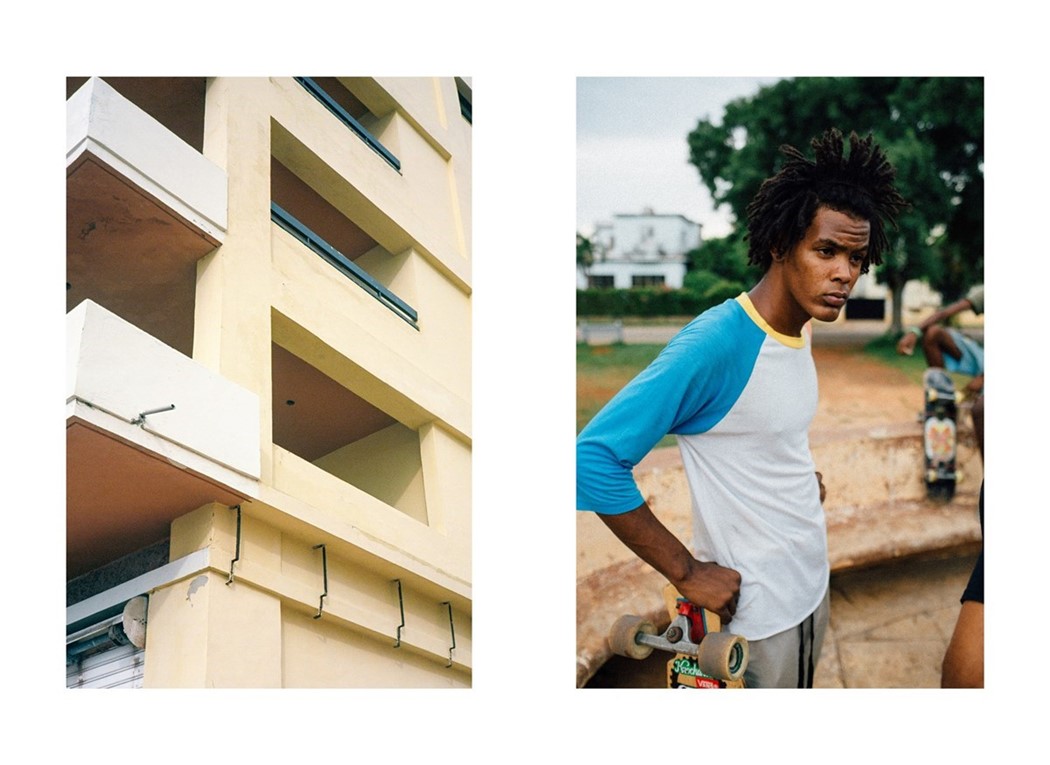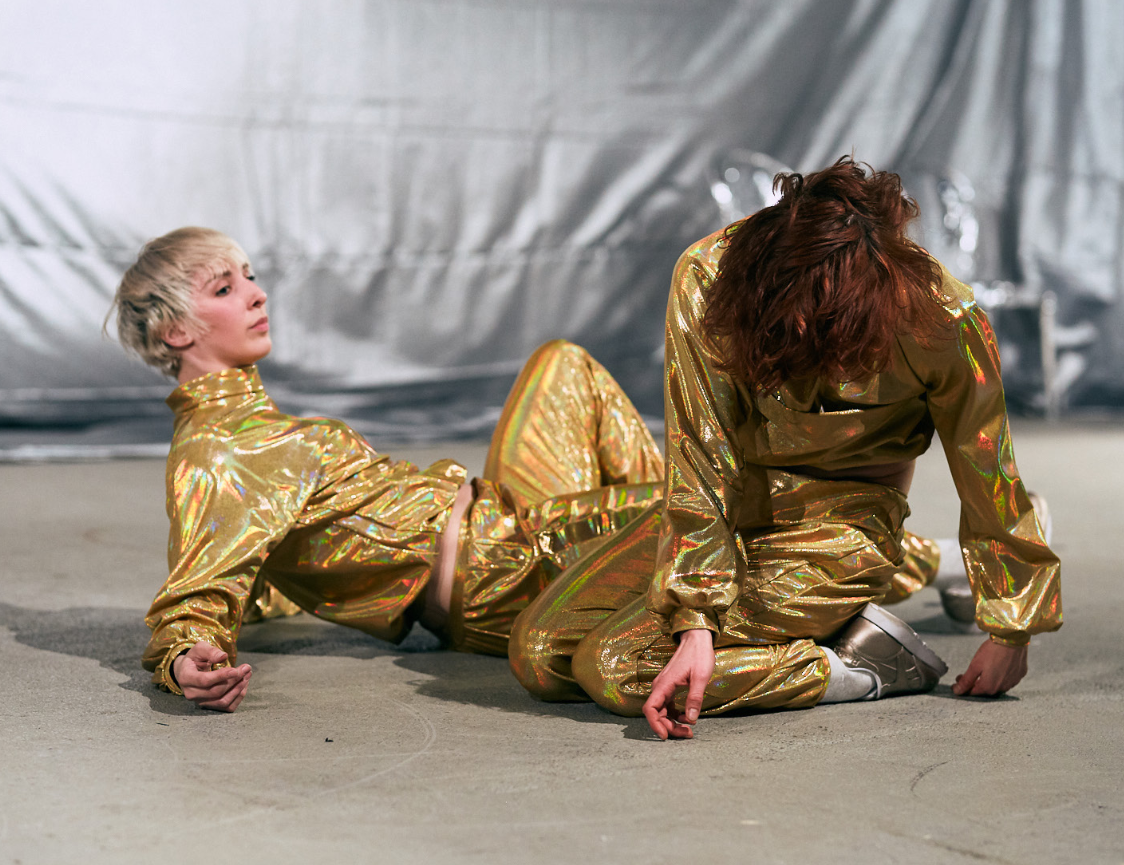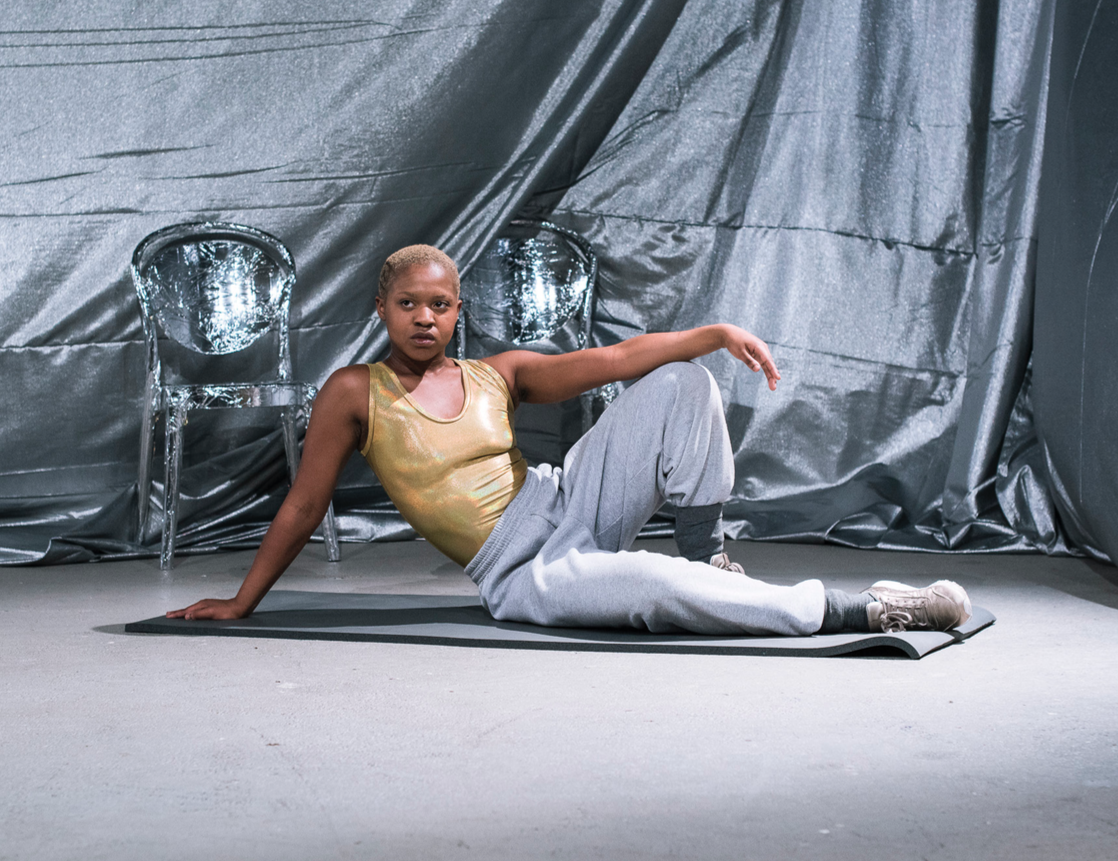Shamon Cassette , formerly known as Cerebral Vortex has been one of my favourite rappers ever since I discovered the internet and realized that the only interesting rappers were the ones who dint mind having HTML awe struck pen pals from third world continents. He’s a beacon of knowledge for all types of cool shit because he’s done it all. From driving Tanks during the Iraq War as a US marine to making songs with the likes of Spoek Mathambo, Youngsta and Thirstin Howl, he’s done it all.
Whats the whole idea behind Black Agassi?
Black Agassi is homage to one of the gods of style and the whole idea came about as my interest in playing tennis became a pretty serious thing alongside my passion for wearing wigs and toting designer tennis racket covers through the streets of Manhattan. I’ve always been a huge fan of all the Nike court challenge pieces and the lava splatters. I wanted to create a platform to tell his story that I’ve always been so intrigued by growing up. To me Agassi was totally punk in the 90’s so that’s where the cover art reference is drawn from.
What influenced the sound of this project? I haven’t heard a “straight” Hip-Hop record from you in a while, what brought about the change from the faster club tunes you do so well?
The faster club tunes these days I’m about are hip-house and acid house records that I make with Bon Voyage. The traditional sounds of Hip-Hop were always my true core. Then I fell in love with the Kwaito sound which then sparked my desire to adjust my focus toward hip-house but Black Agassi was something I was doing in between for therapy and fitness .When we birthed Vertual Vertigo we were collecting and hunting for vintage, analog gear and playing around with old vocal techniques to achieve the sounds and styles of our favourite shit from the boom bap era.
That said who is Japandrew? (Producer of Black Agassi)
Japandrew is my brother from another mother. We met as my former crew, Vertual Vertigo relocated to America and made our home base Chicago. He had just gotten out of prison and our DJ at the time stayed back in Europe. He was a perfect fit for us and it started off as him hanging out with us a lot and then always having a fresh beat tape for the car didn’t hurt. It didn’t take long at all before he became a permanent member of the team. After Vertual Vertigo went on hiatus, we continued to work together up to now
So when did your obsession with tennis come about?
Honestly, no lie…So when I was studying fashion at F.I.T. I needed an elective to get my degree and all the classes were like yoga, spinning, chess and then I seen kung fu on the list. My kung fu instructor was one of those 80’s furry Jerry Garcia looking gung-ho dudes and wouldn’t pass you unless you got all the forms and styles and routines properly. He was a hater and failed me because I thought certain moves worked better in different forms. At least he gave me an “I” for incomplete on the course. The following semester I still needed the credits so I took the intro to tennis instead and I loved that shit and advanced through tennis. Then I started getting invites by the alumni to play doubles at the Manhattan tennis club and from there it just really took off for me.
Not too many people know that you were a U.S Marine and even spent some time in Iraq, a subject you touch on in “point served” what led you into the Army and has it influenced your music in anyway?
Suicidal thoughts led me to joining the military. I was going through shit just like any 19 year old would do and after some wild suicide fails earlier on in life and I thought it would be waaay cooler to die for something than to just die for nothing… and guns and tanks and travelling kind of interested me a lot at the time and I needed to do something. It’s definitely influenced my music in many ways because my experiences there have become bits to the pieces that collectively make Shamon Cassette.
You’re also a stylist by profession. What’s your earliest memory of “fashion” and what keeps you in the fashion game?
My earliest memories of fashion were from my mother. She was a very beautiful stylish lady. She used to be a part of a car club that all drove souped up Datsuns and it was like a style and attitude vibe so I was seeing early on how the two played hand in hand (style/attitude).
What keeps me in the game is research. I spend a great amount of my time doing research on just about any and everything. I always tend to find inspiration for fashion in the oddest forms. Most of the time it’s not even something fashion related that I become inspired and try to translate into fashion.
You’ve been doing music for ages and you have a bag of really good releases underneath your belt, I personally feel you’re underrated? Do you feel underrated? Or is this a shitty question?
Thanks for saying that and no, it’s not a shitty question at all. I actually get asked that question quite a bit. I don’t ever feel underrated. If anything I’d say “undiscovered”. Just seeing how some of the greater artists in history that held the longest reigns in longevity were also dubbed underrated before they popped off. I feel like the ratings come from the fans that actually understand you and relate to you and appreciate you for being the voice of the like minded people that don’t have a voice or a platform. So those numbers mean nothing to me, it’s the quality of the fan base and their ratings are the ones that matter to me.
So how did the Thirstin Howl The 3rd collaboration come about? Apart from the both of you having beards and being from Brooklyn? Were you also shop lifting Ralph Lauren Clothes for shits and giggles?
My history with the Lo-Life’s and Brooklyn shit go way back. One of my brothers is actually a Lo-Life Buddy Leezle. Vertual Vertigo collectively were massive Thirstin Howl fans so as we were midway through making Black Agassi we came up with the hair brain idea of “what If we had Thirstin on a track?”. So we got his number from a mutual friend and buzzed him and sent it to Thirstin and 3 days later we opened up an email that said “yeahyeahyeah”. Dreams come true. You never know what could have happened if you never asked.
But what’s your favourite collaboration you’ve done so far?
My favourite collaboration so far has had to have been the remake of Fela Kuti’s “zombiez” for the last Red Hot+ Fela compilation with my favourite visionary in the world Spoek Mathambo. It was crazy because Seun Kuti actually invited us on to remake the song.
You’re basically an honorary South African as far as everyone here is concerned. What drew you to this country?
That’s an absolute honour. I actually do feel like an honorary South African. Hold up…. allow me to give the biggest shouts to all my South African homies and Jozi, Soweto, Cape Town Durban and everywhere in between. I’ve felt a connection to South Africa ever since the first time I watched Coming to America. I was so intrigued by Eddie Murphy’s character being a prince from Africa made me fantasize about his life. Then one day, you and Spoek started buzzing early on the internet chat rooms and MySpace and shit. You guys were straight serving me up South Africa flavour since way back then via the internet. After the Sub-Pop thing kicked off for Spoek and we got sent out to shoot the “let them talk” video in Durban and that was actually my first trip to South Africa and that’s when my obsession with South Africa started.
How important are personal aesthetics when it comes to creating art/music?
Personal aesthetics are actually the most important part of art and music. If the personal aesthetic isn’t powerful the piece lacks character.
Download Black Agassi

























































